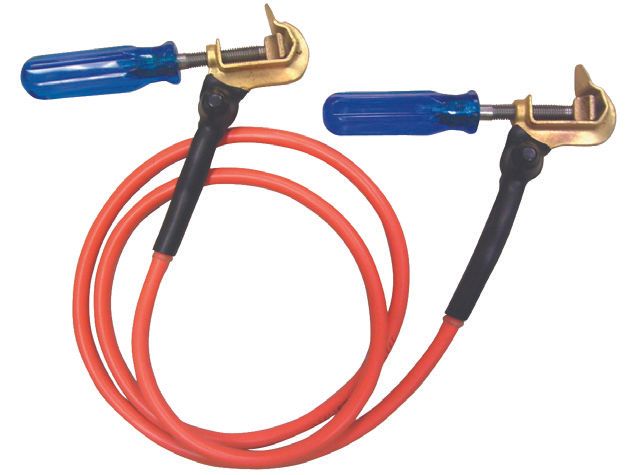winnie
Senior Member
- Location
- Springfield, MA, USA
- Occupation
- Electric motor research
I'm sure a similar tool is available in the US, but my google fu finds hardware from Australia:

 www.cadia.com.au
www.cadia.com.au

Safety Meter Leads
• Unique screw up clamp ensures clamp cannot be dislodged if knocked or bumped <BR> • Individually tested and serialised <BR> • Insulated screwdriver style handle protects user yet provides easy to use clamp <BR> • 100 Volt heavy duty cable with sealed fixings <BR> • 205 Amp rating <BR> •...

